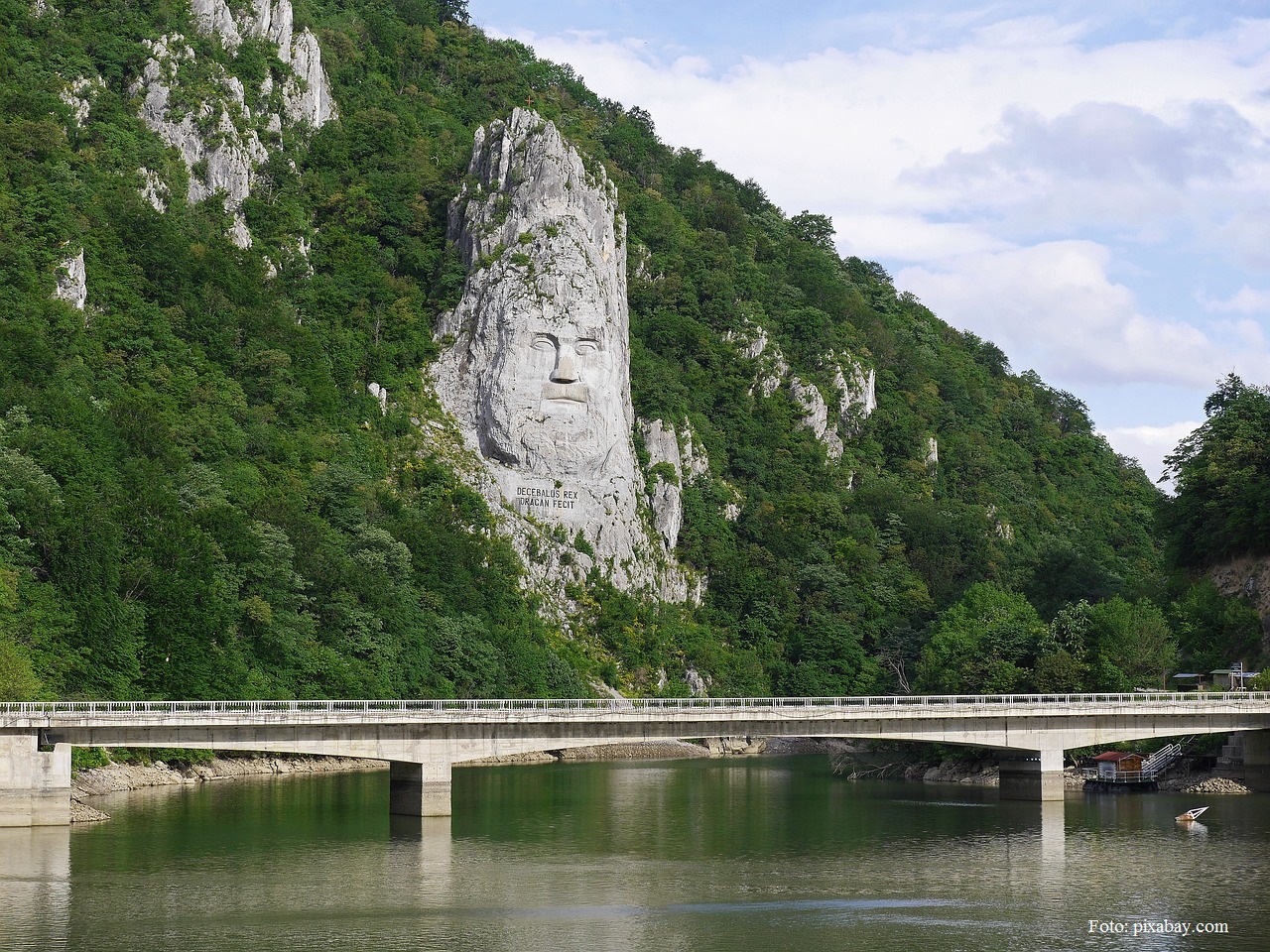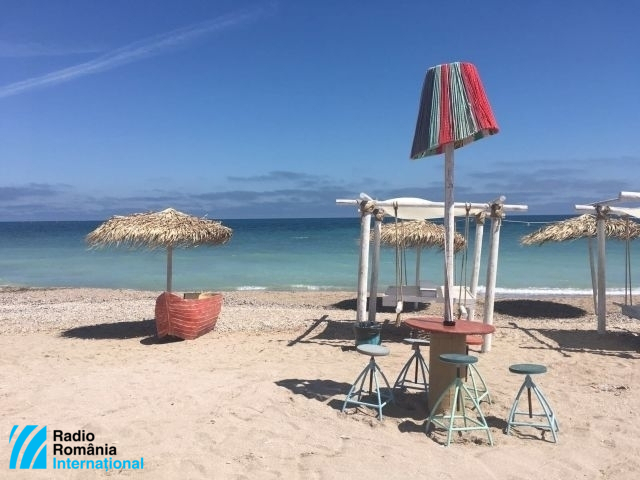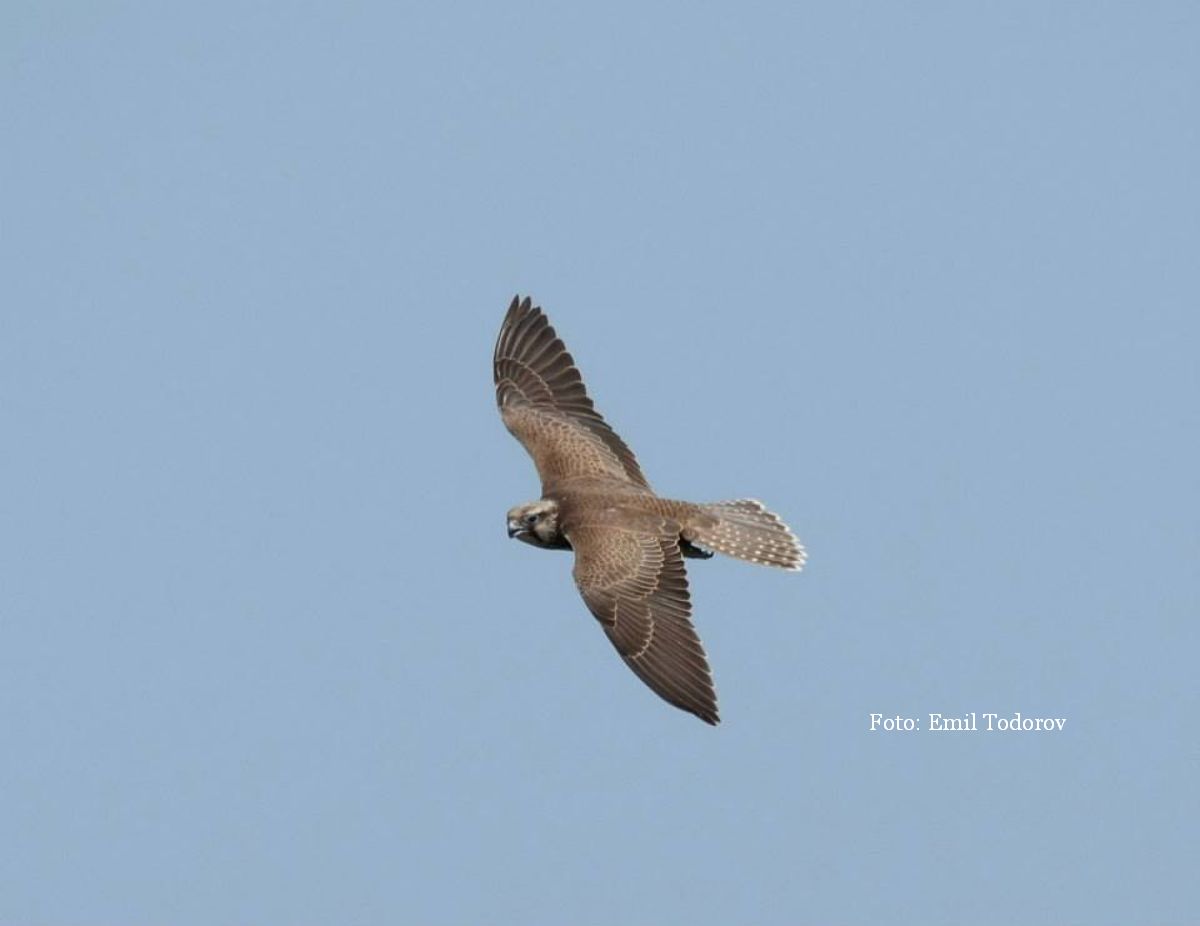Spring Bird Migration
Romania boasts a rich bird fauna. There are thousands of species that find in our country good conditions for nesting, feeding or just shelter.

România Internațional, 30.03.2018, 13:11
Romania boasts a rich bird fauna. There are thousands of species that find in our country good conditions for nesting, feeding or just shelter. Out of the total number of known species, some 100 are sedentary and 150 migratory, but there are also birds that stay during winter as well, some that transit the country to reach other areas and also, sometimes, birds that get lost.
In Romania, there are 5 main locations known to host migratory birds of prey: Dobrogea, the upper and lower Mures, the Prut Valley and the Turului Valley. The migratory birds that go round the Carpathians and the Black Sea must pass through Dobrogea, which is seen as a genuine funnel for migration. The Macin Mountains are one of the best places for migration in Europe, in terms of number of species. Some 10,000-prey birds and 20,000 white storks migrate annually. Lunca Prutului is another wetland of interest, both for Romania and the southeast of Europe as a whole. Some of the main routes of these birds go along this valley. Some of them get shelter, others feed and nest in this area.
Ovidiu Bufnila, a communication specialist with the Romanian Ornithological Society told us more: “There are approximately 400 species of birds that either stay the entire year, such as sparrows, tits or birds that have wintered in Romania and are now leaving, such as most species of goose and the winter swans. But there are also birds that have just returned or are on their way to Romania. The first migratory bird that we have seen this year was a black stork. It had stopped on its way to the north, somewhere near Odorheiul Secuiesc. There followed the first white stork, which was spotted above Bucharest on March 7th. On March 8th, my colleagues saw the first real signs of spring. They saw the first hoopoe near Calarasi, and also the first big flocks of storks transiting Romania, and some 200 cranes that had stopped for food and shelter somewhere in Dobrogea, near Histria. But what was most interesting was that spoonbills were spotted not in the Danube Delta as usual, but in Moldova, in the east. Then, one by one, all the other species that we know started coming. The biggest wave however, and the most visible one, was the one during the freezing rain period, a phenomenon that caught lots of birds on the way. Storks managed to stay on the ground and get rid of the ice that had fallen on them, but there were other weaker and less prepared species that were really affected. Some didn’t make it, others headed north. Migration will end when we see the last announcers of spring, and I’m referring to cuckoos and bee-eaters, beautifully colored birds, which normally arrive in Romania in early May or late April. “
Scientists have been particularly keen on finding out how birds manage to find the right direction during migration. Although there are lots of theories about it, most scientists believe that birds’ orientation during migration varies from one species to the other. It has been scientifically proven that migrating birds have been shown to possess compass systems that allow them to select and maintain certain compass directions. Three such systems are known, solar, stellar and magnetic.
There are species that inherit the sense of orientation such as the cuckoo. There are also cases when the young birds follow their parents, for instance, the white stork.
In all these cases a map is being imprinted in the birds’ memory after the first migration, a map they will use in their future migrations. Given that the number of migratory birds originating in Europe is on the decrease, the European Union has been implementing policies aimed at containing this phenomenon, with measures being taken for habitat management and protection. The Birds Directive of the European Union is the oldest EU legislation on the environment. It plays a major role especially in the case of some of the most threatened bird species: the Eurasian spoonbill, the white-tailed eagle and the Spanish imperial eagle. In Romania, farmers are granted subsidies provided that they get involved in activities offering protection to certain bird species, for instance, the lesser spotted eagle. In Romania, we have more than 2,300 pairs, accounting for 10% of the world’s population and 22% at European level, which is largely due to the fact that in Romania, nature is still rich and farming is environmentally friendly.
Speaking about that, is Ovidiu Bufnila again: “There are quite a few agro-environmental measures to be taken. These measures, which we support together with our partners, are meant to help farmers, but also to support Romania’s fauna. I’m talking about the lesser-spotted eagle, its nesting areas, which should be rich in food resources. Farmers who apply for this agro-environmental measure will have to abide by certain rules and protect the species for which they got the money. “
Another agro-environmental measure pertains to the protection of the red-breasted goose, a species on the verge of extinction, protected at EU level. This bird was included on the list of the most endangered species temporarily living in Europe. The red-breasted goose has officially received international protection, through the Convention on the Conservation of European Wildlife and Natural Habitats. In Romania, the red-breasted goose arrives only in late October and stays until March.
With details on that, here is Ovidiu Bufnila once again: “The red-breasted goose is a species that, the moment it arrives in Romania, needs to find corn kernels, until then wheat and the rape grow. This measure is kept in place, there are tens of millions of Euros Romanian farmers cash in, yet this measure applies only to the habitat of the red-breasted eagle, in Baragan and Dobrogea. “
The Romanian Ornithological Society has been running a series for projects for the protection of birds and for combating poaching in the case of mocking birds. “Romania Grows Wings” is a project whereby ornithologists jointly with volunteers set up new artificial nests each spring, in parks around Bucharest and in ten other major cities across the country. Another project targets the protection and the preservation of one of Europe’s most endangered bird species: the Saker falcon. In order to provide nesting facilities for the Saker falcon, artificial nests have been set up on the high-power grids of the electricity distributor in Oltenia, southern Romania. At present, the Saker falcon has a population of around 450 pairs across Europe, with half of it being reported in Hungary and Slovakia.






























